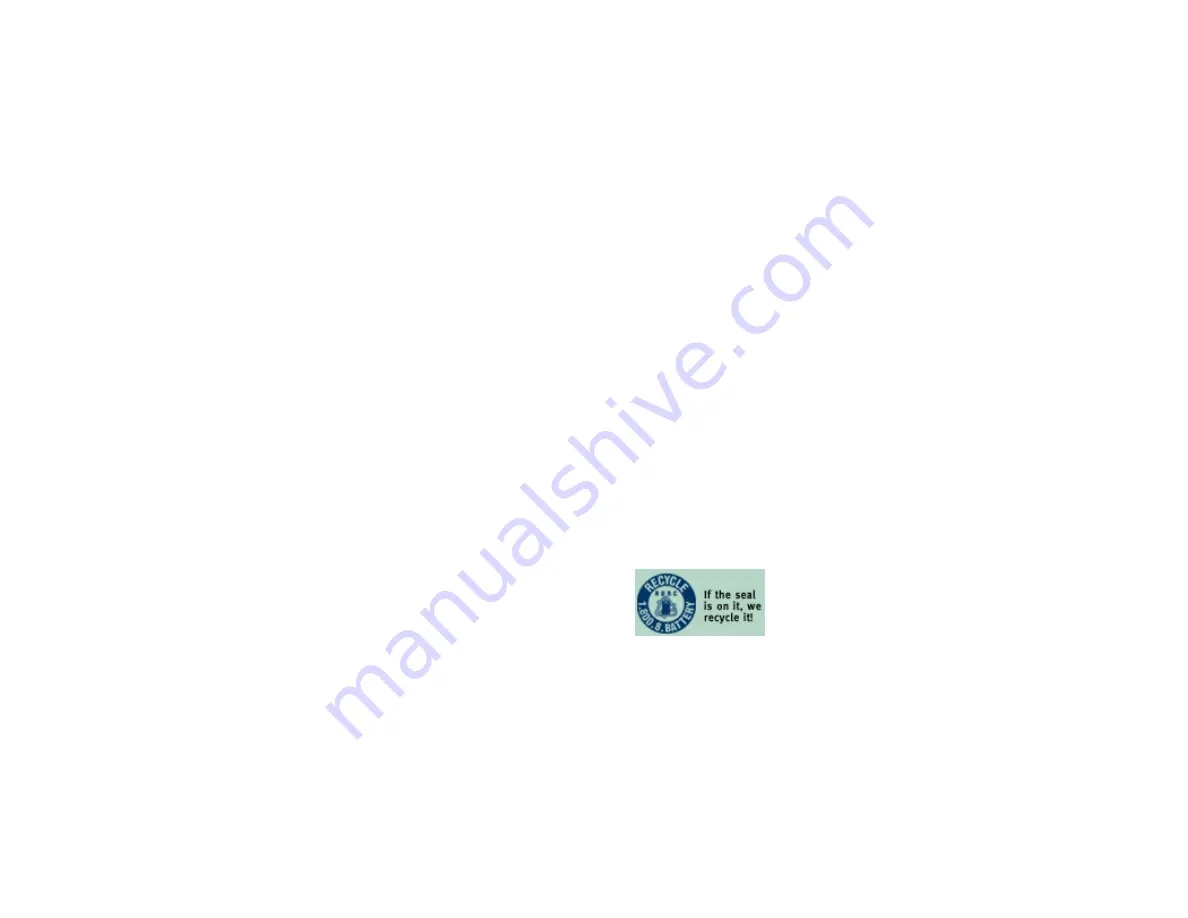
3
•
Data Collection LED:
This LED indicates when data are being collected or
ready to be collected by the WDSS. When the WDSS is communicating with
Logger
Pro
, and ready to take live data, the Data Collection LED is green. This
LED also gives feedback as you start remote data collection. When remote data
collection starts, the LED will start flashing green. You may also see this LED
flash red. This means that data are being moved around in the WDSS internal
memory. Do not turn off the WDSS power when this LED is flashing red. If you
do remote data collection with triggering, this LED will flash orange while the
WDSS is waiting for a trigger. If there is a problem, this LED will turn steady
red. One example of an error condition would be attempting to collect remote
data when the WDSS memory is full.
•
Bluetooth Wireless Communication Status LED:
This LED indicates whether
the WDSS is successfully communicating with a computer or LabQuest. When
the WDSS is on, but not connected to any version of Logger
Pro
, this LED
appears red. When the WDSS is connected to Logger
Pro
, the Communications
Status LED is green.
•
Remote Data Collect Start/Stop button:
This button is used to start and stop
data collection during remote data collection only. The button is recessed to
prevent accidental bumping during field use. You need to press firmly on it. To
start remote data collection, press this button. Note that the Data Collection LED
will be steady green when the WDSS is ready to begin remote data collection.
When you press the Remote Data Collect Start/Stop Button, the Data Collection
LED will start flashing. When the WDSS is communicating with a computer and
Logger
Pro
, the Start/Stop button is not active.
•
Accelerometer Direction Diagram:
The label on the top of the WDSS has a
diagram indicating the orientation of the three accelerometers. Note that the
x-axis is defined as the long dimension of the WDSS. The acceleration sensing
hardware in the WDSS is located directly below the center of this label.
•
Bluetooth Radio antenna
(inside the case): The antenna icon on the label
indicates the approximate position of the antenna used for Bluetooth
communication. Since radio waves do not pass through metal, avoid putting
metal objects over the antenna.
4
WDSS Power
The WDSS is normally powered by its internal high-capacity Lithium-Ion battery
pack. The battery pack is designed to provide power for 20 hours of use. The battery
pack should be ready for an hour of use after only about 10 to 15 minutes of
charging. Like all Li-ion batteries, it will undergo a slow self discharge when stored.
If you leave it unpowered for many weeks, the rechargeable batteries may lose much
of their charge.
You can check the status of the WDSS rechargeable batteries when it is connected to
the computer. Click on the icon of the WDSS on the Logger
Pro
toolbar. The WDSS
Setup Sensors dialog box allows you to turn sensors on and off and also displays the
battery status.
To charge the WDSS Li-ion battery, simply plug in the power supply. The WDSS
power supply provides 6 volt DC, 500 mA to a center-negative connector. The
power supply is the same one used with the Vernier LabPro interface. The main
power switch on the WDSS should be left in the OFF position when charging, unless
it is in use. A full charge (from completely dead batteries) should take about eight
hours. The Battery Charge LED indicates when the WDSS batteries are being
charged. The LED will come on as soon as it is plugged in unless the battery is
already 100% charged. The LED will go off when the battery becomes fully charged.
The battery pack and charging system on the WDSS are very flexible. The batteries
do not need to be fully discharged before you charge them. Also, you do not need to
charge the batteries completely before you use the WDSS.
The WDSS may get slightly warm while charging. When charging it, place it on a
surface that is relatively heat resistant. Charge the WDSS only with the power
supply that was included with the WDSS or with a LabPro power supply. Do not
attempt to charge any other batteries in the WDSS unit.
If you ever need to replace the Li-ion battery and get rid of
the original one, please note that it is designed for recycling.
In the United States, check the web site www.rbrc.org/ for a
list of locations near you where the battery can be recycled.
Other countries have similar recycling programs.

















